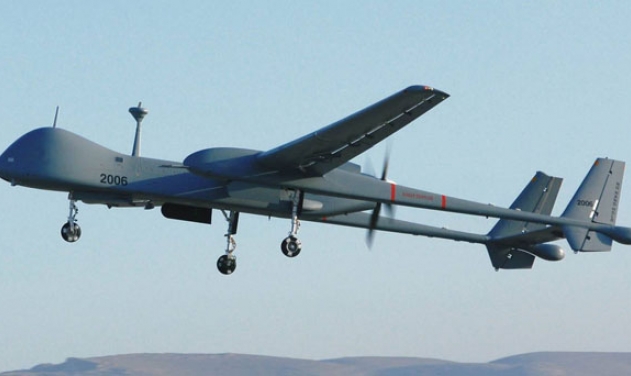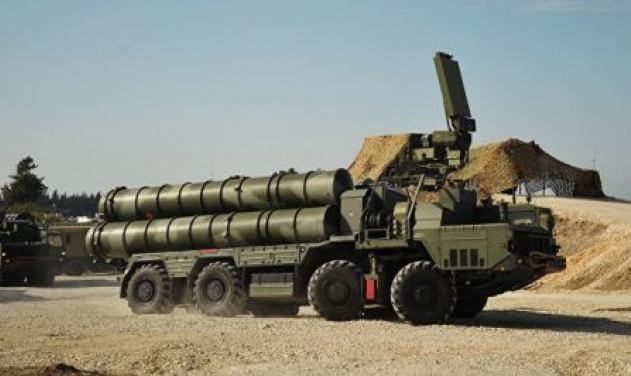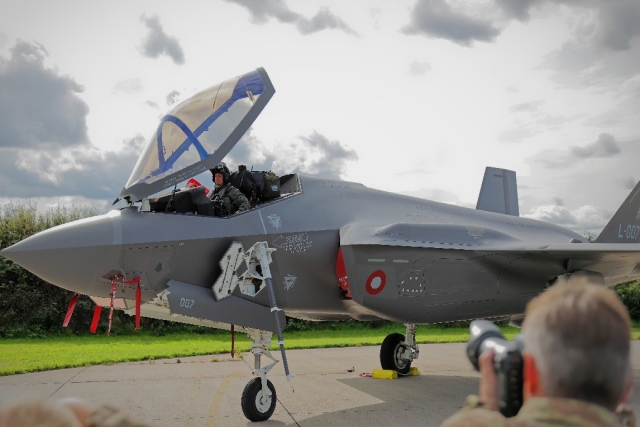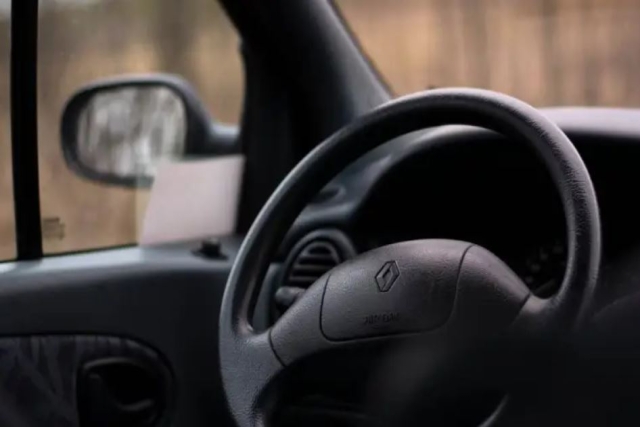Are Countries Buying Israeli Drones Vulnerable To UK, US Spying?

The recent revelation by former NSA contractor and Whistle-blower, Edward Snowden on UK assisting US National Security Agency in Spying Israeli drones shows the ease with which the program ‘Anarchist’ was carried out.
This makes the nations who have bought or are in the process of buying Israeli attack drones vulnerable to spying from the US and the UK.
The files provided by Edward Snowden released by the Intercept shows thumbnail images from videos recorded by Drone cameras. The files also show location data mapping the flight paths of the aircraft. In short, the US and British agencies stole a bird-eye view from the drones.
The files also report that the UK’s Government Communications Headquarters (GCHQ) regularly collected data of Israel Aerospace Industries’ (IAI, a state-run company) Heron TP carrying weapons in 2012. Anarchist is a codename used for a classified spying program by the GCHQ along with NSA.
The files also have details wherein the GCHQ ordered spying on drones flying over a number of ‘areas of interest’ including Golan Heights (a region of Southwest Syria seized by Israel in 1967), Israel occupied Palestinian territories of West Bank and Gaza Strip, Israel’s borders with Lebanon and Syria.
“Due to the political situation of the region there is a requirement for Israeli UAV operations in certain areas to be intercepted and exploited so that assessments can be made on what possible actions may be taking place,” The Intercept reported a request made by GCHQ, dated July 29, 2008.
The memo asked for analysts to record and send video to GCHQ, along with ground plots showing where the drones had flown, and information about the signal.
The Intercept reported that the Anarchist operators were able to snag feeds of several different types of Israeli drones. An analysis of the snapshots and presentations summarize Anarchist analysts based in the Greek Troodos Mountains and their achievements. Several video stills clearly taken from the drones date between Feb 2009 and June 2010.
The magazine reported that the drones communicate with their controllers on the ground via satellite; the transmission to the home station is known as the “downlink.” The antennas at the Troodos grabbed that downlink by finding the right frequency for each drone.
Drone feeds are vulnerable to interception not just from the NSA — even cheap, commercially available equipment can be used to get the downlink. In a 2009 article in Wired, a U.S. military official likened such interception to “criminals using radio scanners to pick up police communications.”
According to one GCHQ presentation, technicians first collected signals from a Heron TP in February 2009.
A 2008 Anarchist memo also notes that “interest by the weapons community in Israeli UAV’s [sic] remains high,” because Israel “provide[s] many countries with their UAV’s” and is “developing large UAV’s capable of being deployed for a variety of purposes.”
Another, also from 2008, describes the hunt to confirm whether a specific type of radar “has been mounted on any UAV platforms.” A GCHQ presentation listing “successes in 2009” at Troodos includes “UAV development Israel/India.”
Israel leads the world in drone exports, and capabilities Israel developed would soon be passed to other countries. In September, India made arrangements to buy 10 armed Heron TPs.
In January this year, Germany’s defense minister, Ursula von der Leyen, announced that the country would lease several TPs, citing the aircraft’s attack capabilities.
The Bundeswehr is interested in procuring the "Heron TP"-model drone for reconnaissance missions. However, the Air Force also said the model would be able to carry out air strikes, German news daily Kölner Stadt-Anzeiger reported 12 Jan this year.
IAI is also pitching the Heron for Australian government. According to a study by Frost and Sullivan in 2013, Europe, Asia and Latin America are the predominant markets for Israeli aerial hardware. The UAVs are remotely controlled by military personnel. It added that Israel's total military exports, as of 2013, were worth a total of €5.34 bn annually.
According to a report by the Guardian news daily published March last year, between 2010 and 2014, Israel delivered 165 units across the globe. Israel has accounted for the majority (60.7%) of drone exports worldwide since 1985 and is the number one in the UAV sales.
Israeli drones are high in demand as they are combat proven although it denies use of the aircraft in combat situations.












